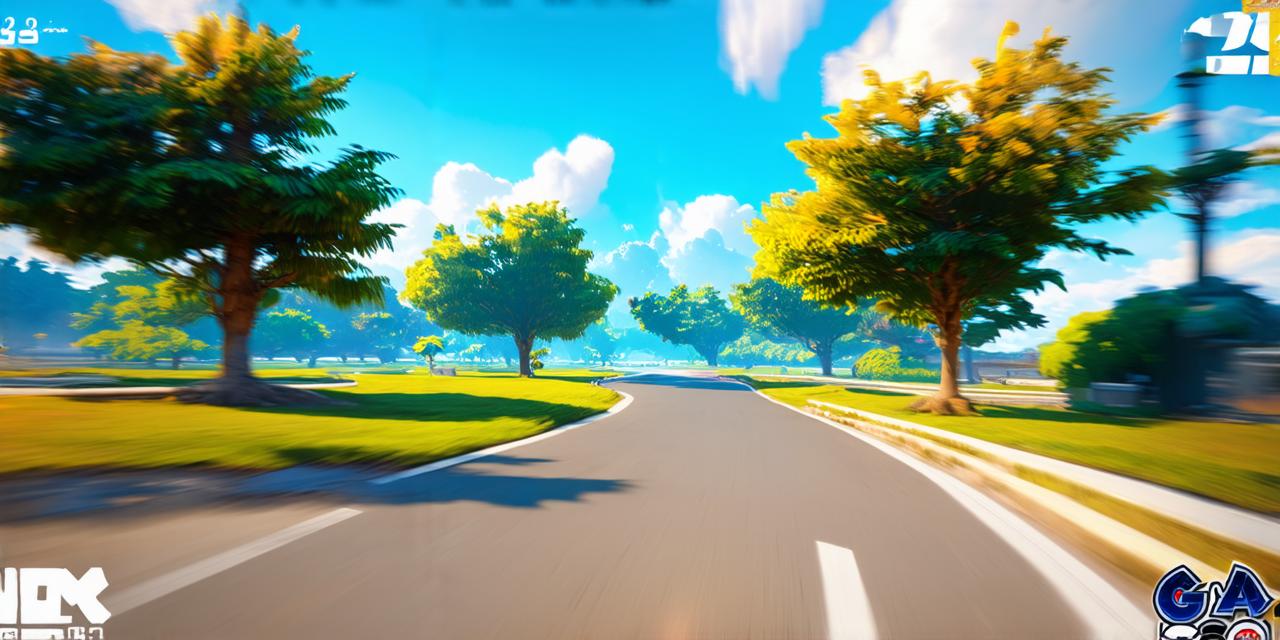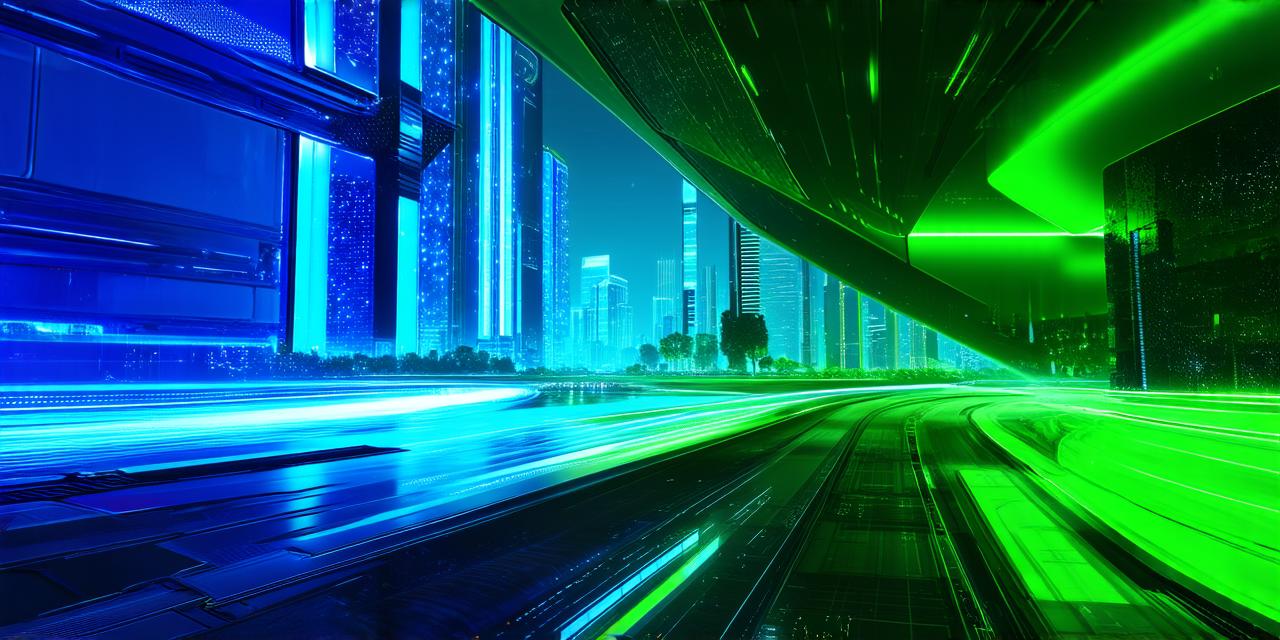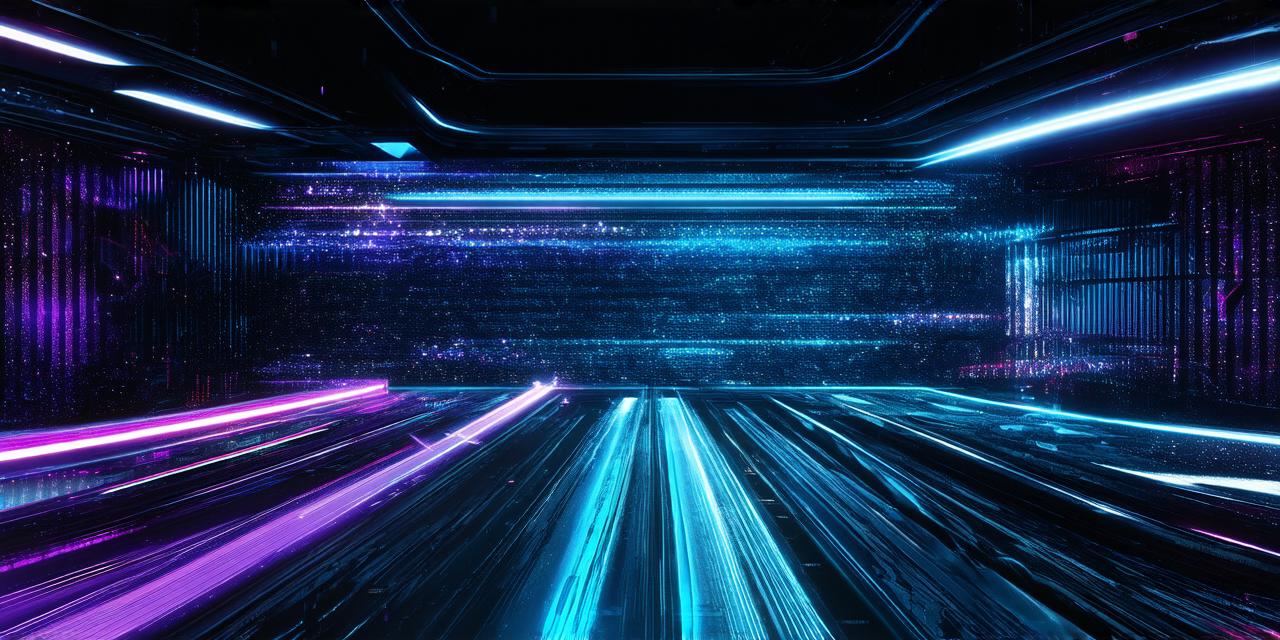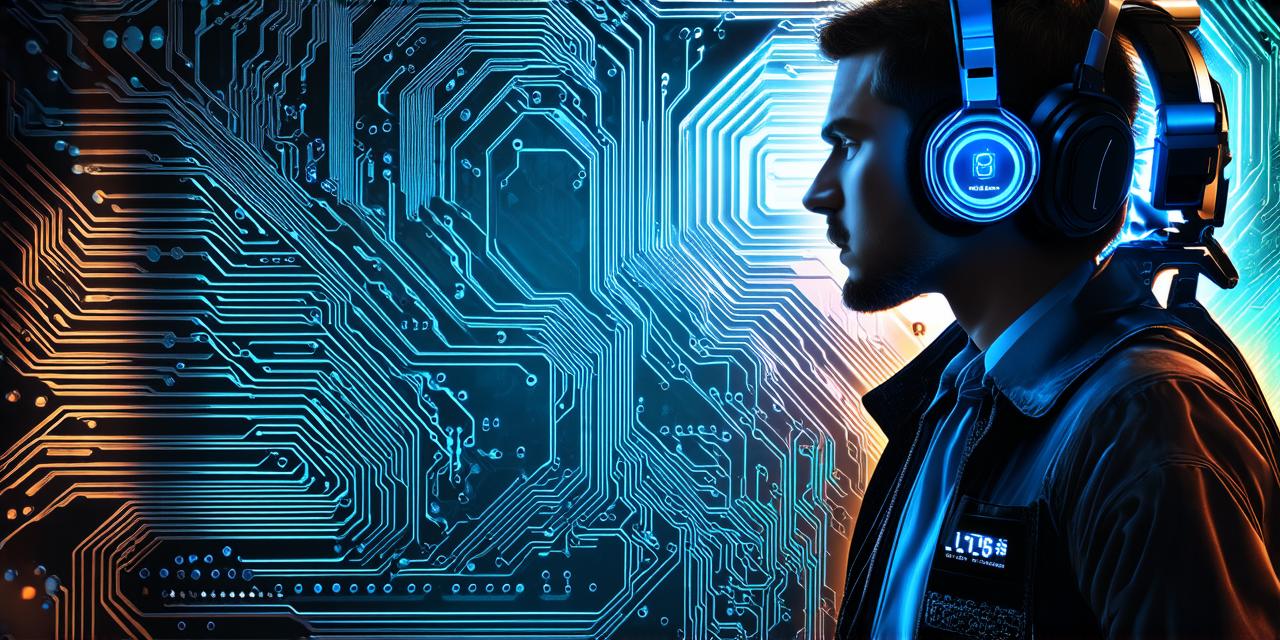Introduction
The popular mobile game Pokemon Go has been a subject of discussion in terms of its classification as either augmented reality (AR) or mixed reality (MR). While both AR and MR technologies overlap, they have distinct differences. In this article, we will explore the features and characteristics of AR and MR and determine how Pokemon Go fits into these categories.
Augmented Reality (AR)
Augmented reality is a technology that superimposes digital information onto the real world, enhancing our perception of the physical environment. AR apps use sensors and cameras to track the user’s location and orientation in the real world, allowing for interactive experiences with virtual objects. Some examples of AR apps include Snapchat filters, IKEA Place, and Pokemon Go.
Pokemon Go uses AR technology to overlay digital creatures onto the real world. The game uses the GPS and camera on the user’s mobile device to track their location and orientation in the physical world. Once a Pokemon is detected, it appears on the screen as if it were in the real world. The game also uses AR markers, which are physical objects that can be scanned using the device’s camera, to trigger certain events or rewards.
Mixed Reality (MR)
Mixed reality is a technology that combines elements of both augmented and virtual reality. MR apps allow users to interact with both the real world and virtual environments, creating an immersive experience that blurs the line between the two. Some examples of MR apps include HoloLens and Magic Leap.
While Pokemon Go does incorporate elements of AR, it is not considered a true MR app. The game’s focus is on overlaying digital information onto the real world, rather than creating an immersive experience that combines both realities. The game does not require any specialized equipment or sensors beyond a mobile device with GPS and camera capabilities.
Conclusion
In conclusion, Pokemon Go is classified as an augmented reality app, rather than a mixed reality app. While the game does use AR technology to overlay digital information onto the real world, it does not create an immersive experience that combines both realities. Instead, it relies on GPS and camera sensors to track the user’s location and orientation in the physical world.



